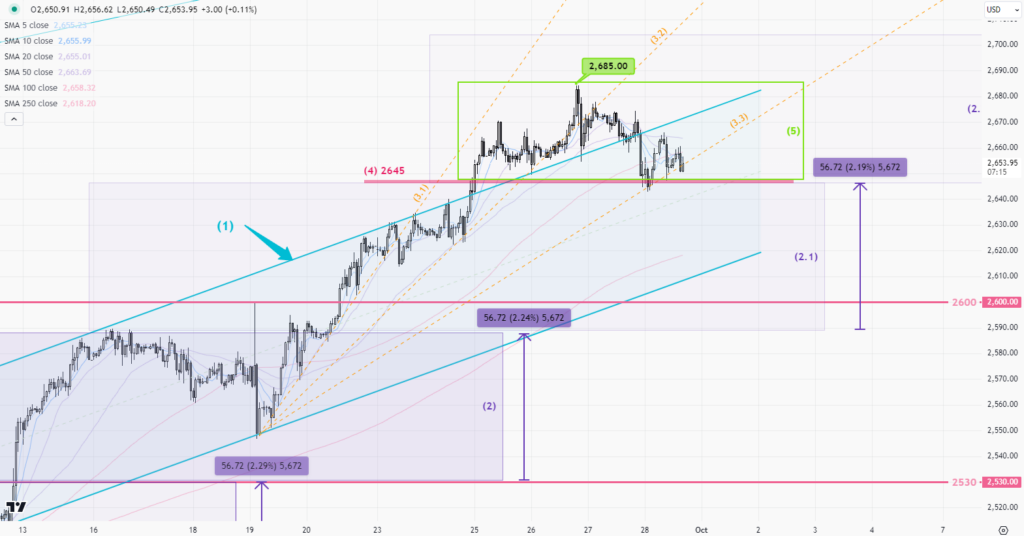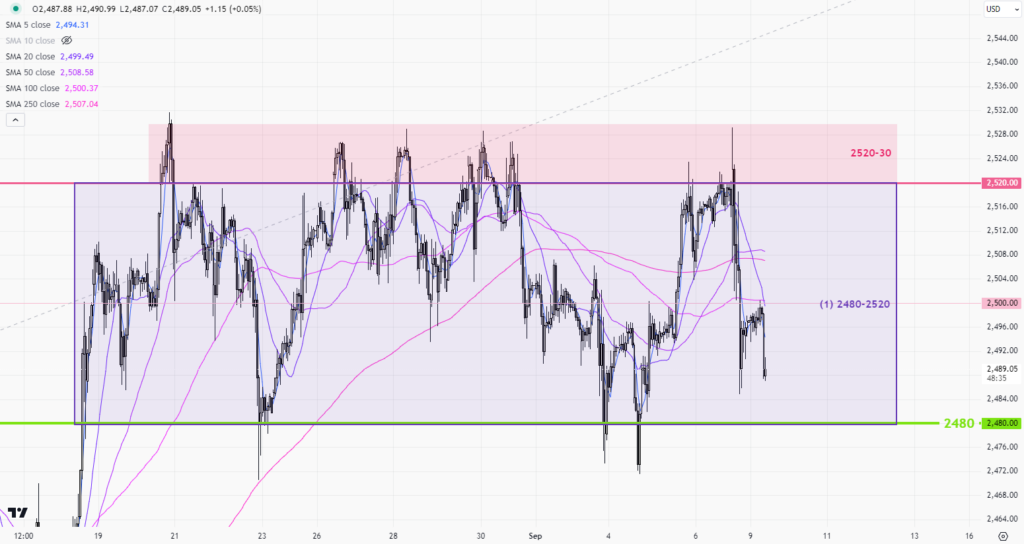 |
| Gold V.1.3.1 signal Telegram Channel (English) |

US Cuts Tariffs on Over 250 Food Products: Strategic Implications for Indian Exports Amid Shifting Trade Policies
2025-11-16 @ 22:38
US Cuts Tariffs on Over 250 Food Products: Strategic Implications for Indian Exports Amid Shifting Trade Policies
The Trump administration’s November 2025 announcement to exempt over 250 food and agricultural products from previously imposed reciprocal tariffs signals a recalibration of US trade policy aimed at addressing domestic affordability concerns. Effective retroactively from November 13, 2025, this move provides meaningful, albeit selective, tariff relief to Indian agricultural exporters who had been severely impacted by earlier 50 percent tariff rates. Indian exporters of spices, tea, and processed foods stand to regain competitiveness, setting the stage for shifts in bilateral trade flows and competitive positioning in the global market.
Context of US-India Trade Tensions and Tariff Landscape
Since early 2025, US-India trade relations have been overshadowed by escalating tariff pressures initiated by the Trump administration, which imposed an initial 25 percent tariff on Indian imports followed swiftly by a supplementary 25 percent penalty related to India’s purchases of Russian oil. This policy effectively doubled tariff rates on most Indian goods to 50 percent, severely disrupting Indian exports valued at over $48 billion annually to the US market. The punitive tariffs hit labor-intensive sectors hard, including textiles, gems, jewelry, shrimp, and various agricultural commodities, leading to sharp export declines and considerable economic distress across Indian export-dependent regions.
Details and Scope of the November 2025 Tariff Reduction
The executive order issued on November 14 extended exemptions retroactively to November 13 for 254 products, predominantly agricultural and food items worth more than $1 billion in Indian exports. Key products benefiting include spices such as black pepper, cumin, and cardamom; specialty teas; processed foods like cocoa preparations and fruit pulps; and select fruits and nuts including cashews and mangoes. This targeted exemption aims to alleviate price pressures on American consumers by removing tariffs on products largely unavailable or minimally produced domestically, while maintaining tariff protection on politically sensitive sectors.
Sectoral Impact: Indian Beneficiaries and Persistent Exclusions
The tariff rollbacks afford notable recovery opportunities for Indian exporters in several agricultural segments. The processed foods and beverages sector, valued at approximately $491 million in exports, along with spices ($359 million) and tea/coffee ($83 million), will regain critical tariff-induced price competitiveness. However, major exporters of shrimp—constituting $2.7 billion in US seafood imports—and basmati rice ($300 million), as well as gems, jewelry, and apparel, remain excluded from relief, sustaining substantial tariff barriers that continue to dampen export viability and threaten jobs in these sectors.
Market Dynamics and Global Trade Implications
The selective nature of tariff exemptions creates a complex competitive landscape. Indian exporters of exempted products may both recapture lost market share and face intensified competition from countries benefiting from free trade agreements or lower tariffs, such as Pakistan in basmati rice. Continued protectionist measures on key commodities risk trade diversion toward alternative suppliers, accelerating India’s strategic pursuit of export diversification into emerging markets across Asia, the Middle East, and Europe. Concurrently, ongoing US-India bilateral negotiations may influence future tariff adjustments, contingent upon progress on contentious issues including Indian energy sourcing policies.
Government Support and Export Diversification as Strategic Responses
In response to the tariff-induced export crisis, the Indian government unveiled a $5 billion support package focused on collateral-free loans and an Export Promotion Mission targeting vulnerable exporters, especially micro, small, and medium enterprises. Simultaneously, exporters have intensified efforts to diversify markets away from the US, achieving growth in regions such as Southeast Asia and the Middle East. Nevertheless, the US remains India’s largest export destination, underscoring that diversification, while crucial, cannot fully offset the economic damage without a comprehensive resolution of trade tensions.
Conclusion: Partial Relief amid Continued Strategic Uncertainties
The US tariff exemptions on over 250 food products constitute a calibrated policy shift acknowledging rising domestic consumer cost concerns while providing significant, though partial, respite to Indian agricultural exporters. The relief for spices, tea, and processed foods offers a pathway to regain competitiveness; however, the exclusion of shrimp, basmati rice, and key high-value sectors highlights persistent challenges. The evolving landscape demands that Indian exporters and policymakers navigate complex trade negotiations, leverage diversification strategies, and maximize newly available government support. The trajectory of US-India trade relations remains intricately linked to broader geopolitical dynamics, particularly India’s energy policies, indicating that tariff policy will continue to function as a strategic instrument amid an uncertain commercial future.






